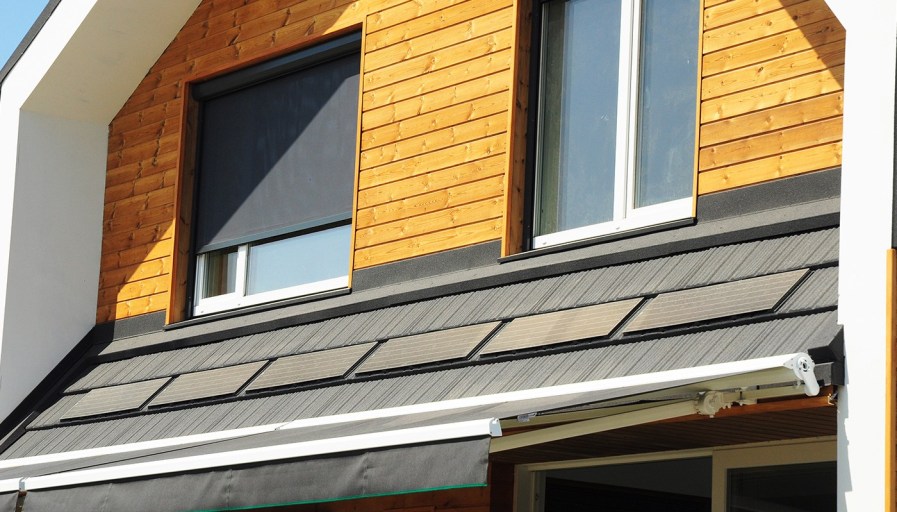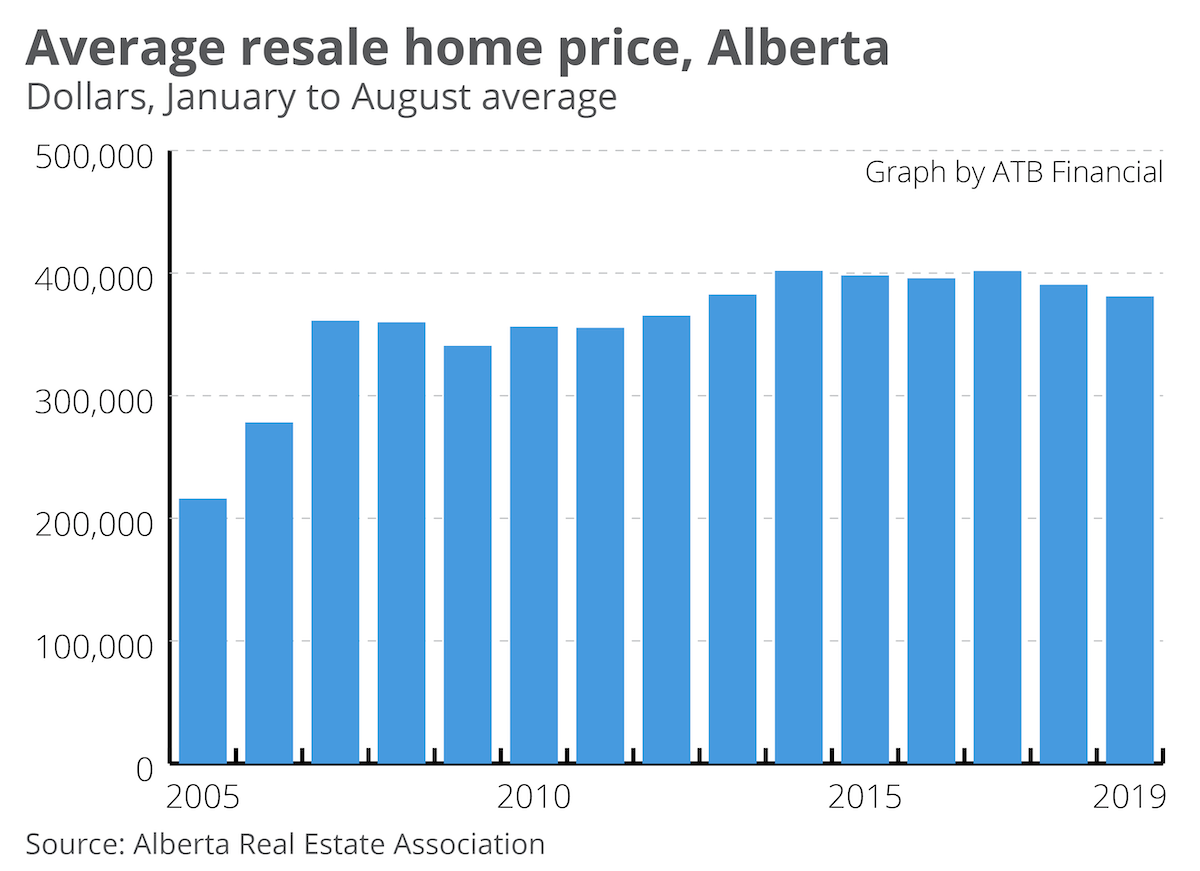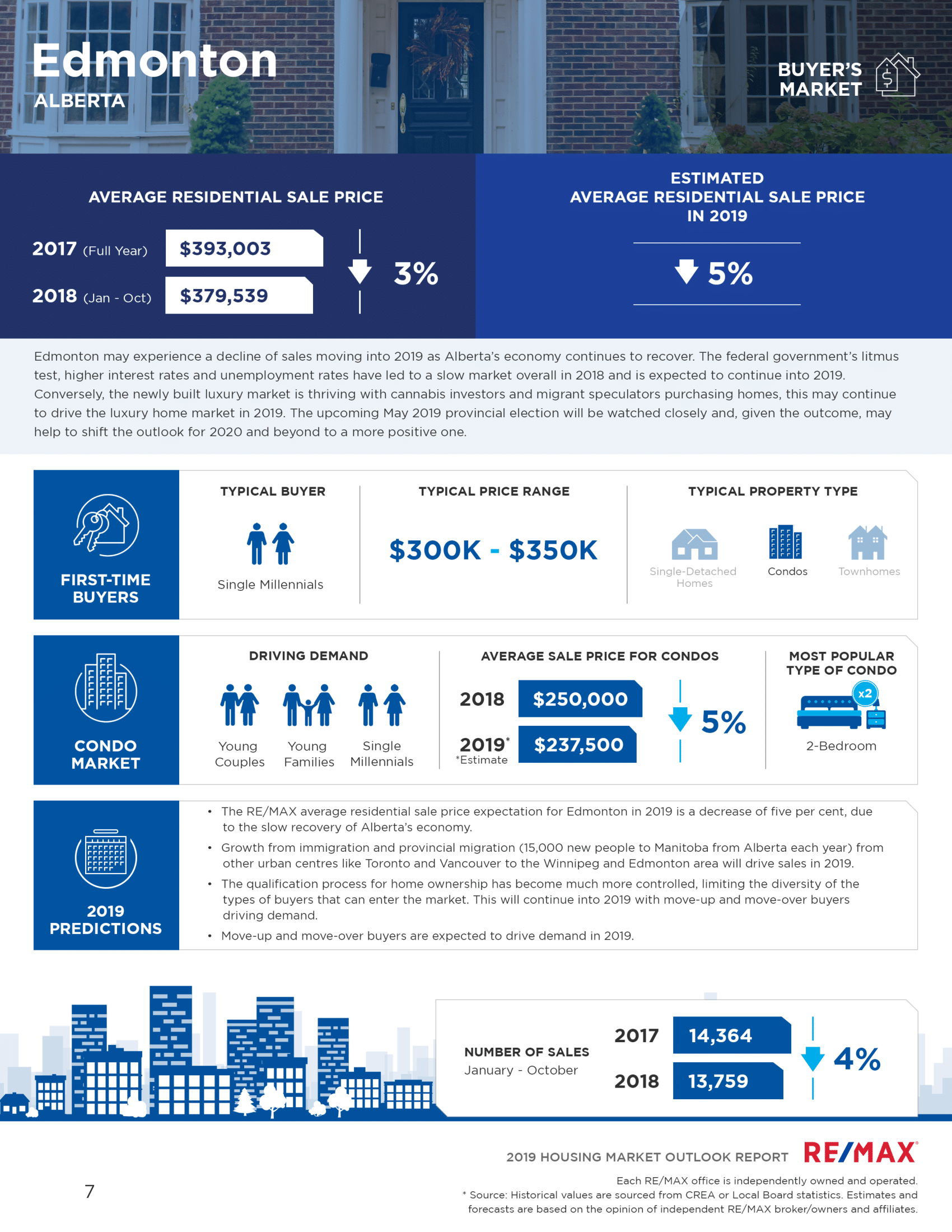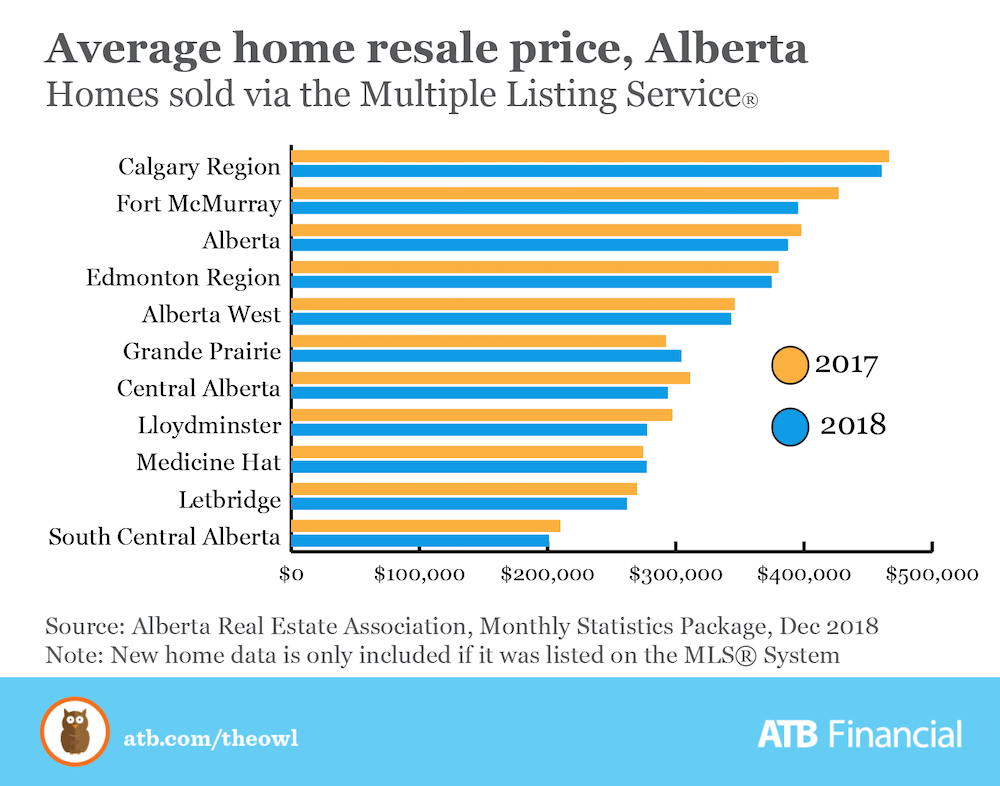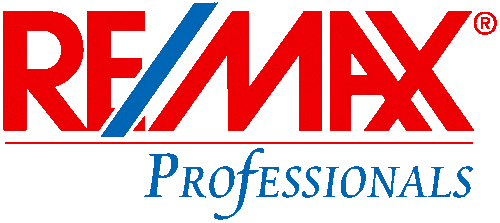As we approach the New Year, it’s as good a time as any to start making positive lifestyle changes and more health-conscious choices. It’s a time when well-intentioned people flood the nearest gym, fully intending to commit to a healthier routine year-round, only to abandon their fitness goals by Easter.
What better way to kick your fitness regime into high gear than from the comfort of your home? With an at-home gym, you never have to pack a bag, there’s no need to account for travel time and, best of all, you can blast your music sans headphones! Instead of looking up gyms and fitness centres nearest you, claim some space in your own home to dedicate to health and exercise.

So you’re motivated. But where do you start?
Amanda Hamilton, an internationally-known interior designer based in Calgary, Alberta, says most of the time, people automatically think of putting exercise rooms in basements but that may not be the wisest decision. Basement rooms can often be unattractive, they get the least amount of light and they’re sort of depressing spaces to go into. Plus, when something is out of sight, it’s also out of mind.

“For most people it’s a matter of convenience. We’re all very busy. If you create a gym in your home and it’s in front of you all the time, it’s going to be easier for you to use the equipment and you’re going to build better habits,” says Hamilton.
When designing and building your home gym, the possibilities are endless but there are a few things to keep in mind.
Layout
The first thing to consider is the layout of the room. Ask yourself what type of equipment you are going to have and how it will be placed in the room for efficiency sake, as well as ease of movement (for example, an elliptical machine might not work in a room with a low ceiling). It’s also common for people to centre their equipment around a television so they can pass time while they are sweating it out, so you’ll want to consider your options for placement of electronics relative to equipment.

Flooring
Flooring is an equally-important consideration. The wrong flooring can lead to injuries like slips and falls and even cause chronic joint pain. The right flooring, on the other hand, can help increase stability, reduce body impact and reduce the noise escaping your workout space. From rubber and foam to artificial turf, there are a number of flooring surfaces that will make your gym more fitness-friendly.
“We generally try to use an actual rubber gym flooring, especially if people are doing weights. If they’re dropping weights, a rubber floor helps prevent some of the noise and it can also help protect your floor from damage,” says Hamilton.

Lighting
Training in a brightly-lit environment is a game changer! Nothing beats natural light, but sometimes there’s not enough to go around. If natural light is limited, use LED lighting when possible as it’s often the most cost effective and can come close to replicating actual sunlight. Mirrors are not only helpful for providing feedback on your form during exercises, but they can help make a space appear larger (and brighter) than it actually is.

Storage
An essential component of any at-home gym is storage. Using a pegboard to hang resistance bands, jump ropes and ear phones not only keeps them off the ground and out of the way, but it also keeps them from tangling (“I love untangling knots,” said no one ever). Heavier items such as kettlebells and weights can be stowed away on a rack, in cubbies or an ottoman, which can also double as a workout bench.

Power
No gym is complete without a power source. It is recommended to have your cardio machines and other workout gear plugged directly into the wall outlet or surge protector and not run through extension cords.
Budget
Getting into shape doesn’t have to mean spending a lot of money. Knowing your workout goals can help you budget both your money and your space. Gym equipment can range from affordable to thousands of dollars. To keep costs low, start by purchasing a few of the basics: a flat bench, yoga mat, free weights, jump rope, kettlebells and resistance bands – and then add new items one at a time. Before opting to go with new equipment, consider scouring garage sales and secondhand shops or sites, first. Sometimes you can find great deals and equipment that’s barely been used.

Tunes
An efficient and invigorating workout needs a great soundtrack. While you can get your groove on using your smartphone and headphones, consider investing in portable or smart solutions you can bring with you to your gym when you need them.



















